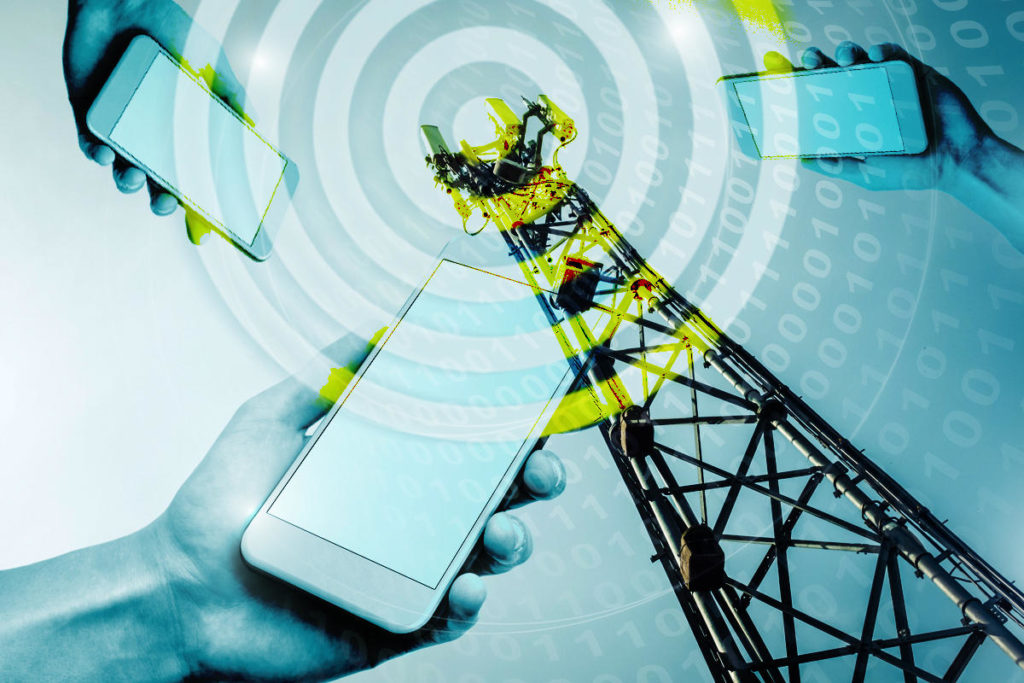A phone carrier or wireless carrier is the telecommunication company responsible for providing cellular network service for cellphones, thus, they are also called mobile network providers. Like the word suggest, they carry your phone number or subscriber information such as voice, SMS, MMS and data plans.
However, phone carriers are different from ISP (internet service providers) but they are sometimes used interchangeably because they can both mean the same thing. While solely ISPs basically supply you internet services they can not give you cellular connectivity which means you can’t make cellular calls. However, cellphone carriers can also serve as an ISP i.e provides cellular and internet connectivity. Next is to discuss the type of phone carriers we have.
Types of Phone Carriers
The two types of phone carriers we have are GSM/GSMA (Global System for Mobile Communication / Association) and CDMA (Code Division Multiple Access).
- GSM/GSMA: This type of phone carriers use SIM (Subscriber Identity Module) to store data like phone number, voice, text and data plans of users subsrcibed to their mobile network. In order words, your wireless services are carried on the SIM whether it is embeded eSIM or SIM cards.
- CDMA: Unlike GSM, it doesn’t traditionally involve the use of SIM card instead CDMA makes use of ESN (elctronic serial number) which is cross referenced against a list on the network provider’s end to verify their users. In other words, the smartphone has to be pre-approved from your phone carrier before you can make use of their mobile network. Basically, subscriber informaion is stored on the phone so you can’t just switch phones and maintain your phone number as well as your voice and data plans. Because you can’t use LTE without a SIM, CDMA carriers also use SIM for LTE connection.
However, in terms of generation of network technology, GSM was introduced as a 2G network same as CDMA. While the rest of the world went with GSM some USA companies like the parents of Sprint and Verizon went with CDMA because of its advantage at the time. This CDMA technology is basically owned by Qualcomm and with the advent of LTE (Long Term Evolution) and now 5G, both CDMA and GSM are almost irrelevant in this modern world as they both only matter up to the 3G era.
Nonetheless, it is important to know what GSM and CDMA mean to understand why network carriers operate the way they do even though LTE (4G) was the end of the fork in the road. Another difference is that GSM allows the transmission of voice calls and data at the same time and 3G CDMA couldn’t (voice-over LTE changed this though, as CDMA users could now transmit voice and data over the same connection).
CDMA at the beginning was much faster and had more potential than GSM. Switching from analogue to digital cellular technology, it was GSM’s GPRS and CDMA IS-95 or cdmaOne that pioneered the beginning of digital cellular technology. Later on, faster 2G connections were developed which was GSM’s EDGE and CDMA’s 1xRTT. However, GSM was able to catch up and even overtake CDMA with the development of HSPA/HSPA+ technology which is like enhanced 3G and is significantly better and faster than the CDMA equivalent of 3G. Faster CMDA standard like cdma2000 exist but it uses 3 times as much spectrum so 4G LTE was adopted instead to match the global standard.
In developed countries like the USA, GSM and CDMA are fast becoming a relic with AT&T ending its 2G GSM network with the intention to end its 3G GSM network by February 2022. Also, T-Mobile will end its 2G GSM network by December 2022 and its 3G GSM network by April 2022 as well as its 3G CDMA network used by some Sprint and Boost users by January 2022. Verizon will also join in, shutting down its 3G CDMA network come December 2022.
In segue, there are LTE laptops that use cellular connectivity and 5G laptops for an even faster connection. Advancement in cellular technology has brought about the current age where traditional CDMA and GSM networks are now outdated save for developing countries that still rely heavily on GSM networks.

